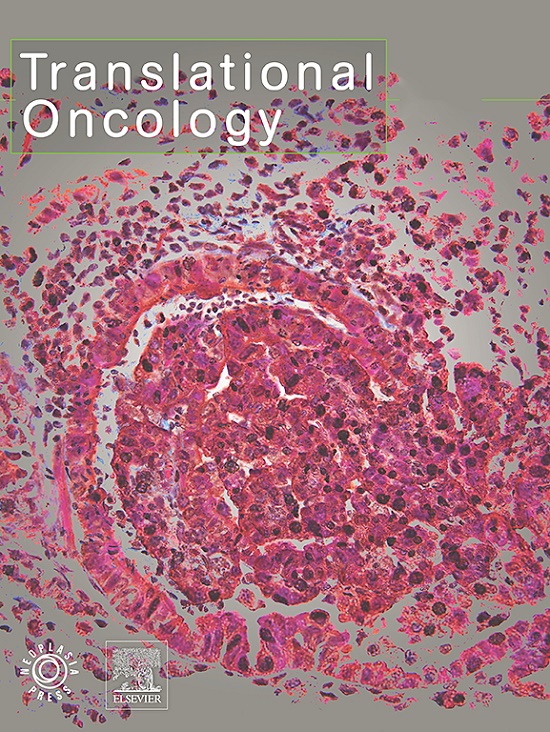The fusion characteristics of RET fusion in pan-cancer among the Chinese population: A comprehensive genomic analysis
IF 5
2区 医学
Q2 Medicine
引用次数: 0
Abstract
Background
RET fusions are significant oncogenic drivers, resulting from chromosomal rearrangements of the RET proto-oncogene with various partner genes. Understanding their structural characteristics is crucial for elucidating oncogenic potential and developing targeted therapies.
Methods
This study analyzed 21,023 tumor samples and 3716 peripheral blood samples from a Chinese pan-cancer cohort using DNA or RNA-targeted next-generation sequencing (NGS). 19,668 tissues underwent DNA-based fusion detection and 1355 NSCLC tissues underwent RNA-based fusion detection using a 733-gene panel. ctDNA-based targeted NGS was also performed on blood samples.
Results
RET fusions were detected in 1.027 % of tissue samples, predominantly lung and thyroid cancers. Compared to Western populations (87 % in intron 11), Chinese patients show a shift toward the exon 10–11 region, with 30.79 % in intron 10. RET rearrangements were classified into four categories (Simple Reciprocal Inversion, Co-Fusion, Single Fusion-Common, Single Fusion-Rare) with unique mutational profiles and tumor mutational burden scores. RNA-based NGS revealed some DNA-detected rearrangements might not undergo transcription, while Co-Fusion indicated potential simultaneous transcription of multiple RET fusions. An NSCLC patient with KIF5B-RET and ATRNL1-RET co-fusions achieved 15-month progression-free survival on RET-targeted therapy.
Conclusion
This study underscores the importance of structural insights for developing targeted therapies against RET fusion-driven cancers and highlights the need for further investigation into complex RET fusion mechanisms to better understand RET-driven oncogenesis.
求助全文
约1分钟内获得全文
求助全文
来源期刊

Translational Oncology
ONCOLOGY-
CiteScore
8.40
自引率
2.00%
发文量
314
审稿时长
54 days
期刊介绍:
Translational Oncology publishes the results of novel research investigations which bridge the laboratory and clinical settings including risk assessment, cellular and molecular characterization, prevention, detection, diagnosis and treatment of human cancers with the overall goal of improving the clinical care of oncology patients. Translational Oncology will publish laboratory studies of novel therapeutic interventions as well as clinical trials which evaluate new treatment paradigms for cancer. Peer reviewed manuscript types include Original Reports, Reviews and Editorials.
 求助内容:
求助内容: 应助结果提醒方式:
应助结果提醒方式:


